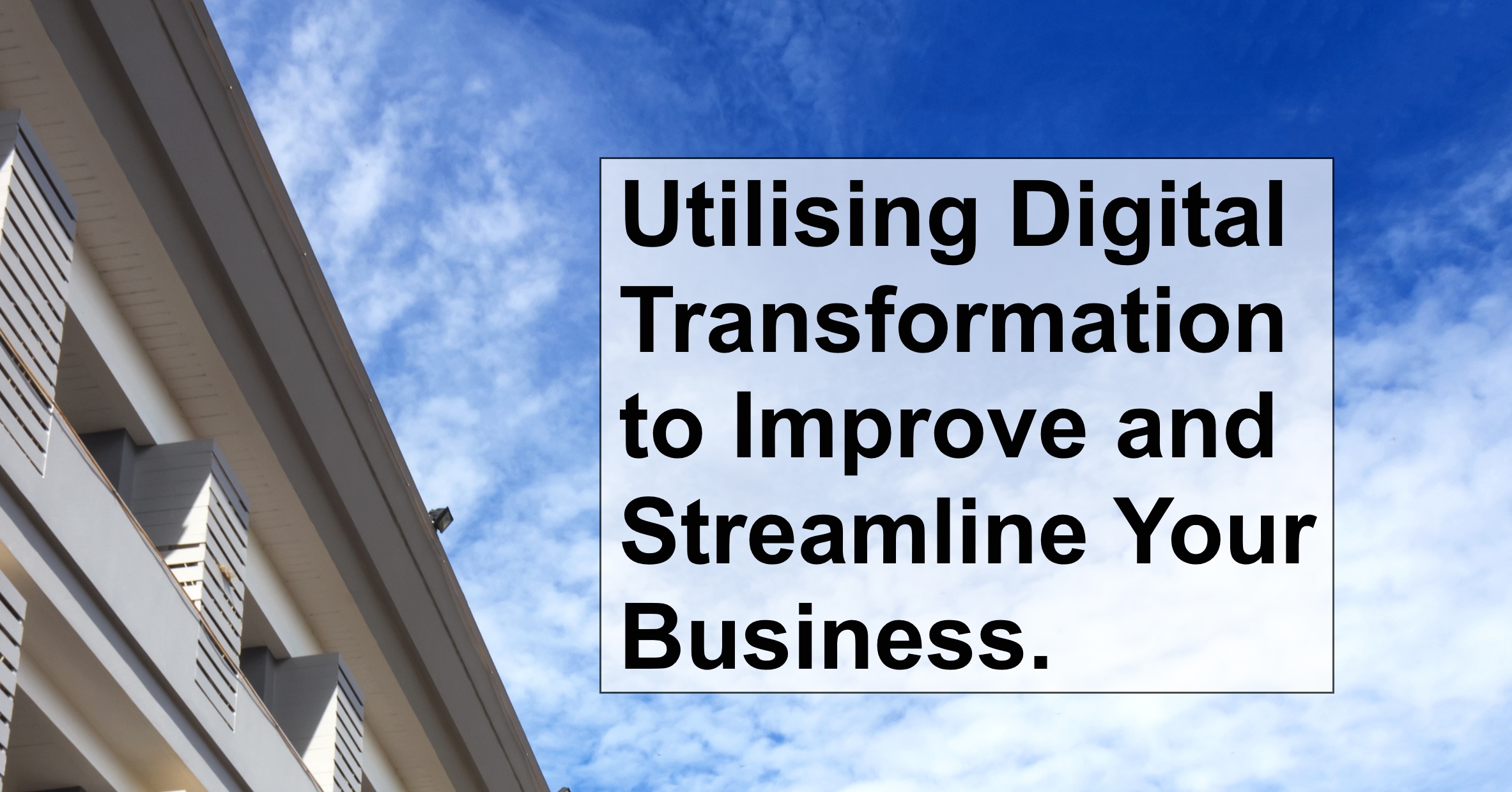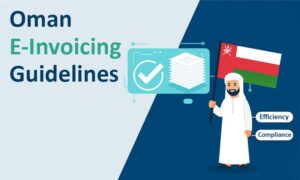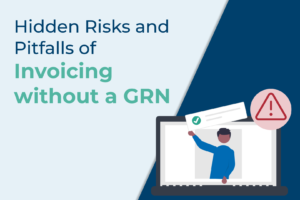You may have seen digital transformation plastered across every tech blog, website, social media account and exhibition stand for the last couple of years. But what does it all mean?
Do I need to join the digital revolution? Will I benefit from it and if so, where do I sign up to start my digital transformation journey? Continue reading to learn about the many benefits of remaining digital throughout the output management process.
Digitalisation is nothing new, this might be difficult for people of a certain age to imagine, but it was around before emails and PDF`s! The only aspect that has really changed is the way we communicate, and how business processes have been streamlined and automated. At the end of the day, every business process starts with a piece of data – that is when digital transformation really comes into its own.
Digital transformation can really take charge and improve the entire life cycle of an order. I will begin with the more traditional processes, in order to get a balance of the old and the new. Let’s take procurement and the finance departments as an example.
Simple Traditional Process
- Procurement – procure items
- Finance – generate the PO
- Whomever has the authority – agrees to the purchase
- Accounts – receive the invoice
- Warehouse – receive the goods
- Accounts – match the documents together
Throughout this 6 step process there are 5 individual documents, some are digital (i.e. PDF, email, Word and possibly paper). All of which can cause a real challenge for your business if they are misplaced or incorrectly accounted for and as a worst case scenario, paid for before delivery.
This happens due to a lack of document interaction, or smart logic that says: ‘Document 1 goes with document 4’, ‘document 4 goes with document 2’ and document 5 must go to the FD etc. Here comes the eureka moment, this is where digital transformation of business processes can begin.
Implementing the Digital Transformation Process
Now that we have explained the traditional process, let’s look into how going digital can save the day. It’s really quite simple, it only involves a couple of workflows, digitisation of documents and some unique numbers. Using digital transformation you are able to start the process with a single order or quote number which in turn, triggers a number of processes such as:
- Prompting accounts for a PO number
- Asking the FD for a digital signature
- Warehouse confirmation that the goods have arrived
- Asking the finance team to digitally sign off the purchase.
What’s great about this process is the fact that no physical document is ever produced and no manual intervention is needed to push the document from one department to another! You may be thinking – wow – that’s a statement and a half, prove it! Well of course, I can’t leave you in suspense, so I will go into a bit more detail to satisfy your curiosity.
Firstly, a document is created, which essentially is a digital file from any ERP or business system containing all the relevant order information. As soon as you press save or send, the file is automatically pushed into your digital workflow.
Based on the conditions of your choice such as: order value (£/$/€), product type or business function, the document is automatically sent to the next person or department for approval. Once this is completed the process is repeated. Meaning, as soon as the “Approve” button is clicked within an approvals system such as Compleo Console, the document is again automatically sent back into the workflow for the warehouse and delivery is then confirmed.
This could be as simple as pressing the “Delivered” button on a web portal. As soon as “Delivered” pressed, the whole order is sent to accounts to be accounted for. This can be an automated, emailed PDF or an XML file, ready to be uploaded or a simple press of the “Confirmation” button. The above example is just a simple ordering scenario, however, you can adopt the same approach to any business function; HR, Warehouse, Distribution, Sales, you name it, you can transform it.
More About Digital Transformation:
I outlined a simple definition of digital transformation, as well as demonstrated an example using documents and workflows. Undoubtedly you will have more unanswered questions so I have put together some questions I’ve been frequently asked in the past and ones you may ask yourself.
What about new and existing systems?
A really exciting element of digital transformation is the fact you can utilise all of your existing business systems and documents, without having to splash out on expensive upgrades and ERP`s. Compleo will connect all your existing business systems and documents together, and create a lean streamlined digital workflow environment.
If you’re considering going digital…
First things first, Digital transformation will be a big change to any business, so make sure you approach it with care, consideration and good planning. Initially you need to decide what your goal is. Is it to save time or money? Automate a process? Quicker distribution times? Faster payments? Better customer service?
- Secondly, is the digital transformation going to be strictly internal or external to your business?
- Finally, which department shall I start with? HR, Payroll, Purchasing, Finance, Logistics or maybe customers?
In laymen’s terms, it’s as simple as: should I, could I benefit from Digital Transformation?


